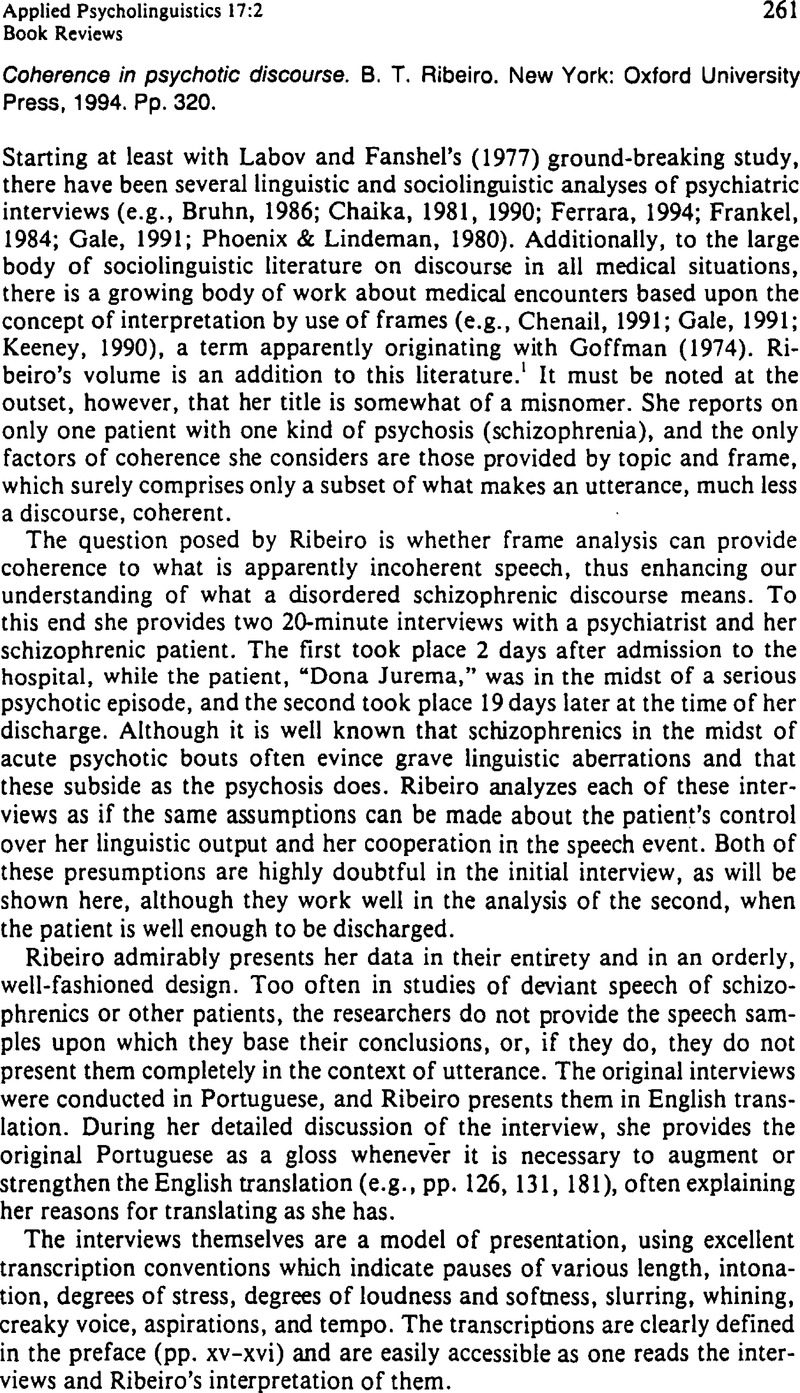Crow, T. J. (
1993). Origins of psychosis and the evolution of human language and communication. In
Langer, S.,
Mendlewicz, J., &
Racagni, G. (Eds.),
The new generation of antipsychotic drugs: Novel mechanisms of action (International Academy for Biomedical and Drug Research No, 4, pp.
39–
61).
Basel:
Karger.
Google Scholar 